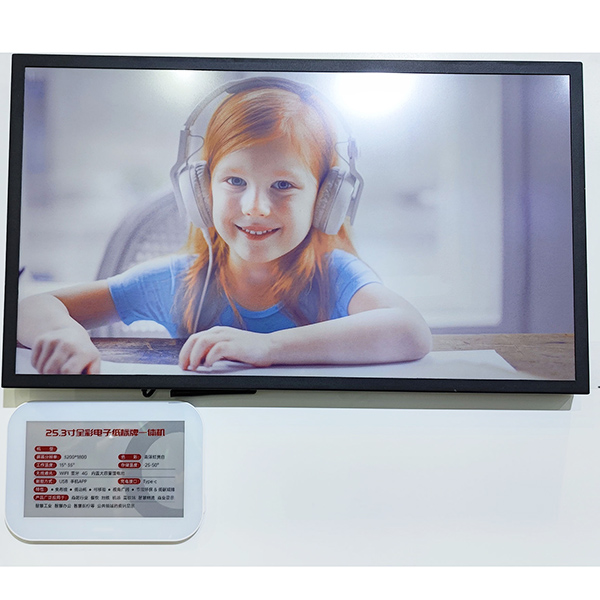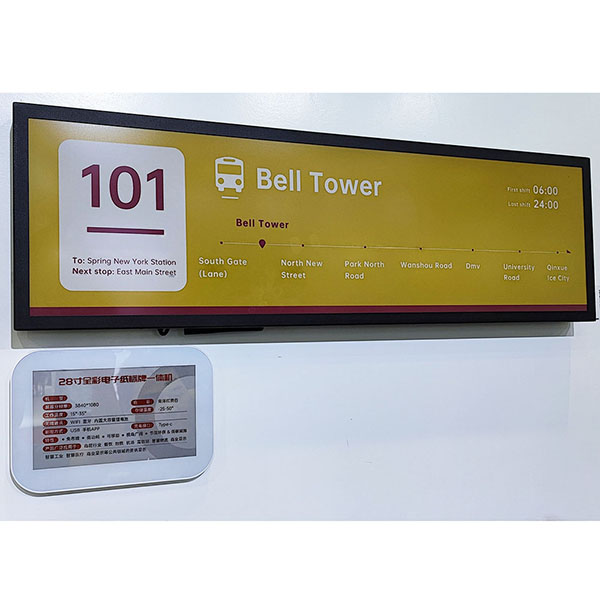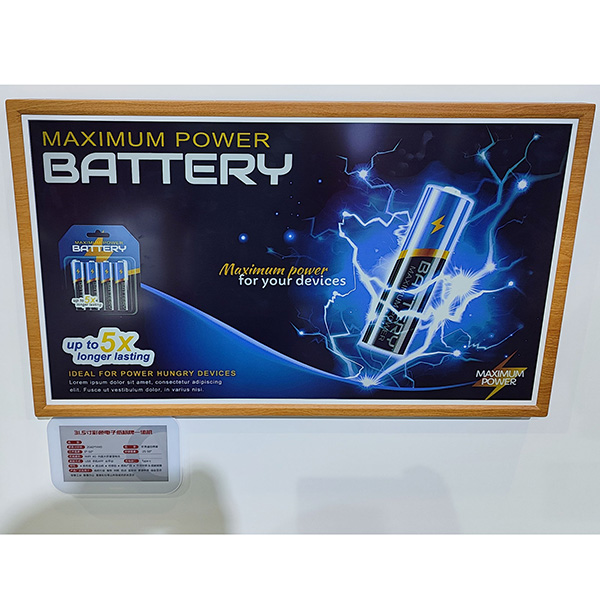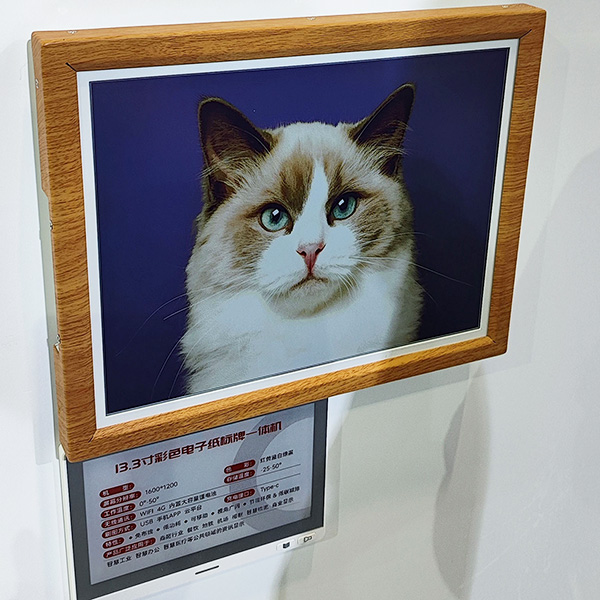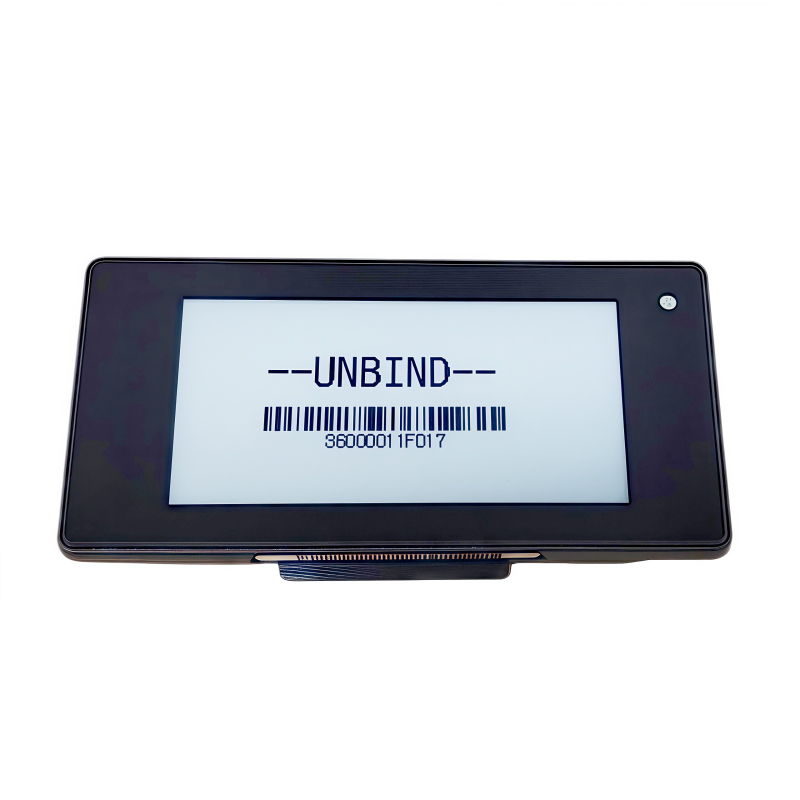TCP Interface: Performance vs. Control
Advantages of TCP for ESL Systems
The TCP (Transmission Control Protocol) interface is known for its high performance, low latency, and real-time communication capabilities, making it ideal for large-scale deployments. Unlike APIs, TCP eliminates the overhead of HTTP protocols, ensuring faster data transmission and greater scalability.
Why Suppliers Are Reluctant
Security Concerns:
TCP interfaces operate at a low level, often exposing critical communication protocols. Without robust encryption, unauthorized access could compromise the entire ESL network.
Custom Protocols:
Suppliers often design proprietary communication protocols over TCP. By keeping these protocols closed, they ensure vendor lock-in, discouraging compatibility with third-party hardware.
Maintenance Costs:
Supporting a TCP interface requires continuous updates to firmware and additional support infrastructure, increasing operational costs.
Keywords: TCP interface for ESL, low-latency communication, ESL base station security.
MQTT Interface: Flexibility vs. Complexity
Benefits of MQTT in ESL Ecosystems
MQTT (Message Queuing Telemetry Transport) is widely regarded as a lightweight protocol, well-suited for IoT applications like ESLs. It supports real-time updates and asynchronous communication, allowing efficient interaction between base stations and ESLs.
Challenges Suppliers Face
Complexity of Implementation:
MQTT requires managing brokers, topics, and QoS (Quality of Service) levels. This complexity increases development time and necessitates additional expertise.
Potential for Interoperability:
MQTT’s openness could allow developers to integrate ESL systems from multiple suppliers, reducing vendor exclusivity. Suppliers may view this as a threat to their business models.
Network Reliability:
MQTT relies on persistent connections, which can be challenging in environments with unstable networks, leading to inconsistent performance.
Keywords: MQTT for ESLs, IoT communication protocols, ESL system interoperability.
API Interface: Usability vs. Performance
Strengths of APIs
APIs (Application Programming Interfaces) are a developer-friendly choice, offering standardized formats (e.g., JSON, XML) for communication. They are easy to integrate with existing ERP or CRM systems and simplify debugging and monitoring.
Reasons for Supplier Resistance
Performance Concerns:
APIs typically operate over HTTP/HTTPS, introducing latency and overhead unsuitable for real-time ESL updates, especially in high-density environments.
Increased Security Risks:
Public APIs are more exposed to attacks like DDoS and injection exploits. Suppliers may fear that API misuse could lead to reputational damage.
Market Exclusivity:
Open APIs could enable third-party developers to create multi-supplier compatible solutions, threatening the exclusivity of the supplier’s ecosystem.
Keywords: ESL API integration, API performance issues, real-time ESL updates.

Why Suppliers Prefer Closed Systems
Vendor Lock-in:
By limiting access to interfaces, suppliers retain full control over their ecosystems, ensuring customers stay within their proprietary solutions.Reduced Support Overhead:
Supporting open interfaces like API or MQTT requires extensive documentation, training, and troubleshooting, which increases costs.Focus on Security:
Closed systems reduce exposure to potential vulnerabilities, safeguarding sensitive pricing and inventory data.
Keywords: proprietary ESL systems, closed IoT ecosystems, ESL vendor lock-in.
Balancing Developer Needs and Supplier Concerns
While suppliers prioritize security, exclusivity, and cost-effectiveness, developers require open interfaces for flexibility and integration. A possible middle ground includes:
Offering well-documented APIs with controlled access.
Providing optional MQTT support for advanced integrations.
Allowing TCP interfaces with strict encryption standards.
Keywords: secure ESL interfaces, developer-friendly ESL systems, IoT communication protocols.
Conclusion
The debate around TCP, MQTT, and API interfaces in ESL systems highlights a tension between innovation and control. While suppliers focus on maintaining proprietary ecosystems, embracing openness could unlock broader adoption and innovation in the ESL market.
Keywords: electronic shelf label interfaces, TCP vs. MQTT for ESLs, API for IoT systems, secure ESL integration.


